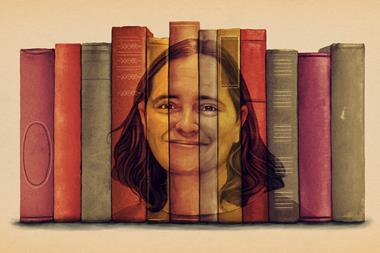Einstein's other theory: the Planck-Bose-Einstein theory of heat capacity
Einstein’s other theory: the Planck-Bose-Einstein theory of heat capacity
Donald W Rogers
Princeton, US: Princeton University Press | 2005 | 200pp | ?32.50 (SB) | ISBN 0691118264
Reviewed by Jeremy Dunning-Davies
These days, Albert Einstein is remembered and revered for the special and general theories of relativity. However, when Einstein was awarded a Nobel prize in 1921, it was not for either of his theories of relativity but for his work on the photoelectric effect. It is rarely remembered in popular science circles that Einstein did much basic work on Brownian motion, produced a theory of solid-state heat capacities, and combined with the Indian physicist Satyendranath Bose to produce the so-called Bose-Einstein statistics as well.
This book aims to examine these topics, apart from Brownian motion, in conjunction with Planck’s contribution to the theory of black-body radiation.
This book covers these topics admirably and is to be highly recommended. However, it is difficult at times to discern at which audience the book is aimed. Mostly, it appears to be aimed at undergraduates, with detailed derivations of important results included, but there are a few occasions (the solution of the wave equation by the method of separation of variables being one) where detail, important for some students, is omitted.
All in all, this book is beautifully produced for an undergraduate audience and is sufficiently inclusive to be of interest to anyone with a scientific bent. Anyone interested in a more advanced followup text should read Statistical physics: a probabilistic approach by B H Lavenda.












No comments yet